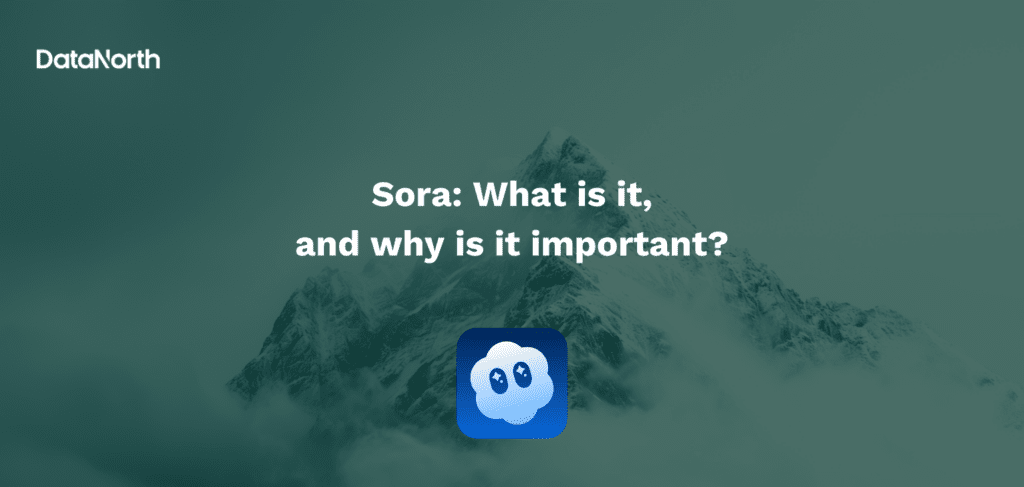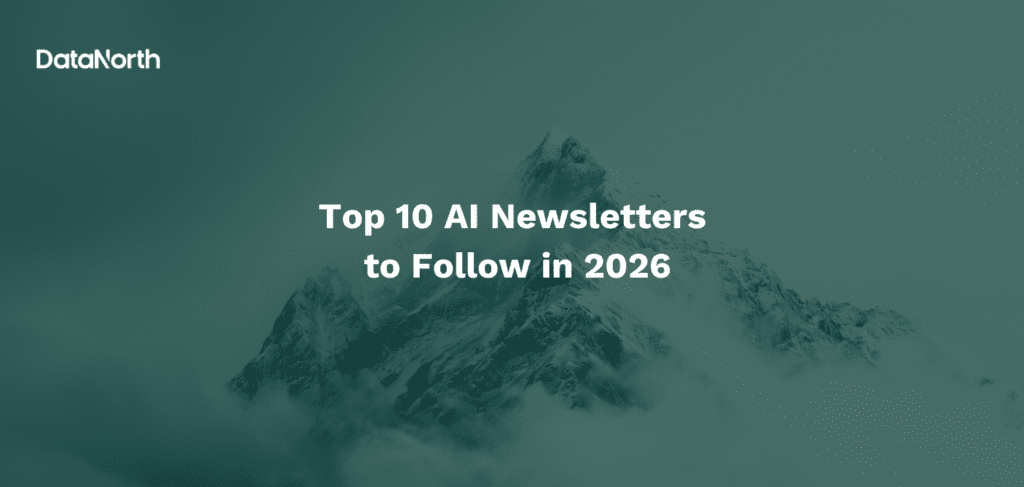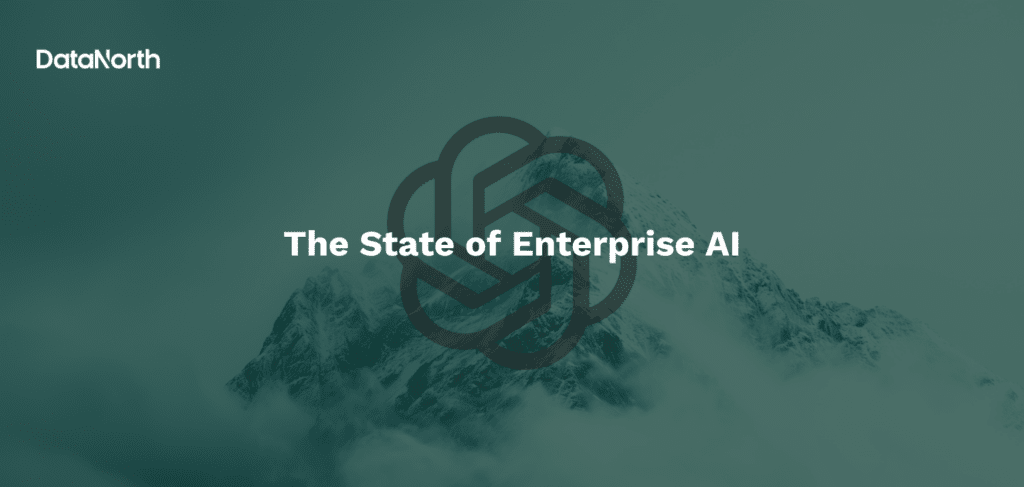Google Bard is an innovative chatbot that utilizes cutting-edge natural language processing (NLP) technology to provide a conversational and intuitive user experience. Developed by Google, Bard is powered by the Language Model for Dialogue Applications (LaMDA) language model, which allows it to understand and respond to queries in a way that closely mimics human interaction.
Currently, Google Bard is renamed to Google Gemini, due to the fact that it wants to reflect more its mission, which is making their family of AI models capable, safe, and responsible.
Despite the increasing number of AI tools being released in recent times, Gemini AI stands out due to its advanced capabilities and potential benefits for businesses. In case you missed it among all the AI announcements and developments, don’t worry!
To help you understand how Google Gemini, previously Google Bard, works and the benefits it can offer your business, we’ve created an easy-to-follow blog post. In this post, we will explore the features of Google’s conversational AI and how it can be leveraged to improve customer experience, streamline operations, and drive growth.
Whether you’re interested in learning more about the potential of AI-powered chatbots or are considering integrating Gemini into your business, continue reading to gain the insight you need to make informed decisions.
When was Google Bard released?
When OpenAI released ChatGPT, experts immediately predicted its potential to disrupt the search industry and pose a threat to Google’s advertising revenue. In response, Google initiated a “code red” and quickly announced the development of Bard just 47 days after.
The potential of ChatGPT to simplify information search could be a game-changer, given Google’s domination in the search market and its massive advertising profits.
Just 3 months later Google launched Bard; a remarkable feat, considering the complexity of the technology involved. However, Google’s conversational AI experienced a major setback during its first public demonstration. The AI provided inaccurate information about the James Webb Space Telescope, which led to a significant drop of over 8% in Alphabet’s stock value.
As internal tensions continued to escalate at Google, employees were requested to devote between two to four hours of their time to improve Bard’s knowledge and ability to source correct information.
Despite the setback, Google is determined to enhance its AI chatbot’s accuracy and continue its development to compete with ChatGPT.
In February of 2024, Google announced that they renamed Google Bard to Google Gemini. Google renamed Bard to Gemini in order to reflect that users are directly interacting with their advanced evolving AI model. Moreover, they wanted to emphasize their commitment to building capable, safe and responsible AI models with this renaming.
Now, let’s delve into how Google’s AI chat operates.
How does Google’s AI chatbot Gemini work?
Google Gemini, previously known as Google Bard, is a powerful AI chatbot that uses LaMDA, a large language model trained on public dialogue and web data. It lets users ask questions in natural language and get answers derived from Google Search. Gemini AI sets itself apart from most AI chatbots like ChatGPT and Bing Chat by utilizing LaMDA.
While ChatGPT has knowledge cut-offs that aren’t very recent, Gemini generates its responses based on the most up-to-date and accurate information available. For example, if you ask about recent advancements made within AI and Machine Learning, Gemini will provide you with the most recent information available that is relevant to your prompt.
Google Gemini uses LaMDA for accuracy and relevance
At the heart of Google Gemini is LaMDA, which is built on Transformer, Google’s neural network architecture that was open-sourced in 2017. LaMDA is designed to be grounded in factual external knowledge sources through information retrieval. This ensures that Google’s chatbot provides users with accurate and relevant information.
To ensure soundness of information, Google trained LaMDA with data that was annotated by crowd workers. This helped to ensure that the model achieved a level of safety, while its ability to fact-check with a search engine was useful in ensuring that the responses provided were accurate and relevant.
Google used three metrics to evaluate the LaMDA outputs: Sensibleness, Specificity, and Interestingness. All three metrics were judged by crowdsourced raters, and that data was fed back into the machine to keep improving it.
Sensibleness: The process of evaluating the validity or soundness of an answer based on its coherence and logical consistency.
Specificity: This measures whether an answer is generic or contextually specific by assessing its level of specificity and relevance to the given context.
Interestingness: This metric assesses the extent to which LaMDA’s responses are insightful or inspire curiosity in the recipient.
How Gemini AI differs from other chatbots

Unlike other chatbots that rely on the Large Language Mode (LLM), Gemini’s approach ensures that its responses are always grounded in the latest and most accurate information available.
Additionally, Gemini leverages all available web resources to offer up-to-date and relevant responses, making it a top choice for users seeking high-quality and reliable information.
Is Google Gemini connected to the internet?
Yes, Google’s chatbot relies on the internet to retrieve information which sets it apart from other AI chatbots. This connection enables Google Gemini to access a vast range of data and generate responses that are quick and accurate, making it an incredibly valuable tool for users seeking real-time information.
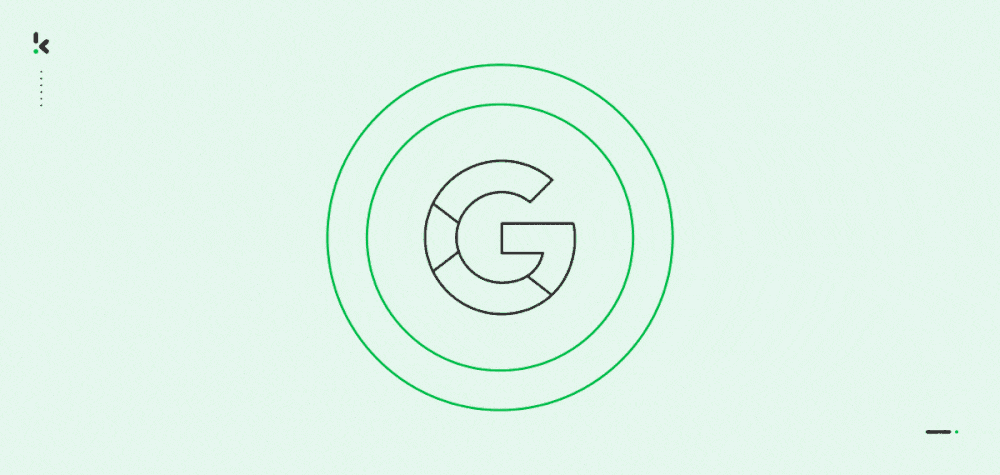
Limitations and risks of Google Gemini’s Internet connectivity
Despite its advantages, Gemini AI’s reliance on the internet can also be a drawback. The vast amount of information available on the internet means that Google’s chatbot may inadvertently draw upon inaccurate or misleading information to generate responses to user queries. As a result, users should be cautious when using Google Gemini as a source of information and always double-check any information they receive.
One other potential issue is the possibility of displaying harmful or offensive content, which is a significant concern for any platform that relies on user-generated content. To mitigate this risk, Google has limited access to Gemini to users who are 18 years old or older.
How to use Google Gemini (previously Google Bard)?
As of writing, Google’s chatbot is free to use for anyone over the age of 18 with a personal Google Account or a Google Workspace account. Let’s find out how to fully utilize the potential of Google Gemini.
3 steps to use Google Gemini
When you have a personal Google (Workspace) Account, just follow these simple steps:
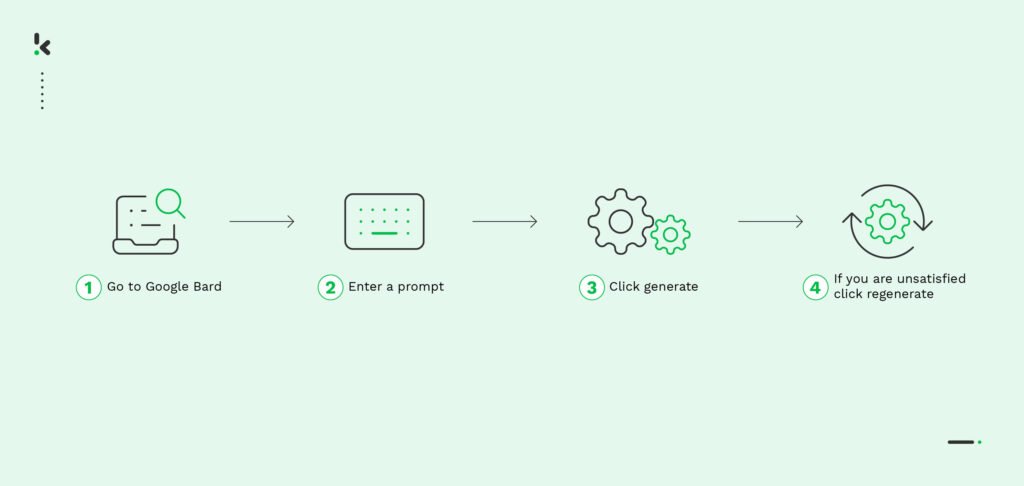
- Open your web browser and go to the Google Gemini website.
- Enter a prompt or a keyword that you want to use as a starting point for your writing. For example, if you want to generate a poem about nature, you can enter the keyword “poem about nature” in the prompt box.
- Click on the “Generate” button, and Google Gemini will generate a piece of writing based on your prompt.
- If you’re unsatisfied with the outcome, you can click the “regenerate symbol” button for a different result.
3 Tips on how to use Google Gemini
Here are a few tips to help you make the most out of Google Gemini:
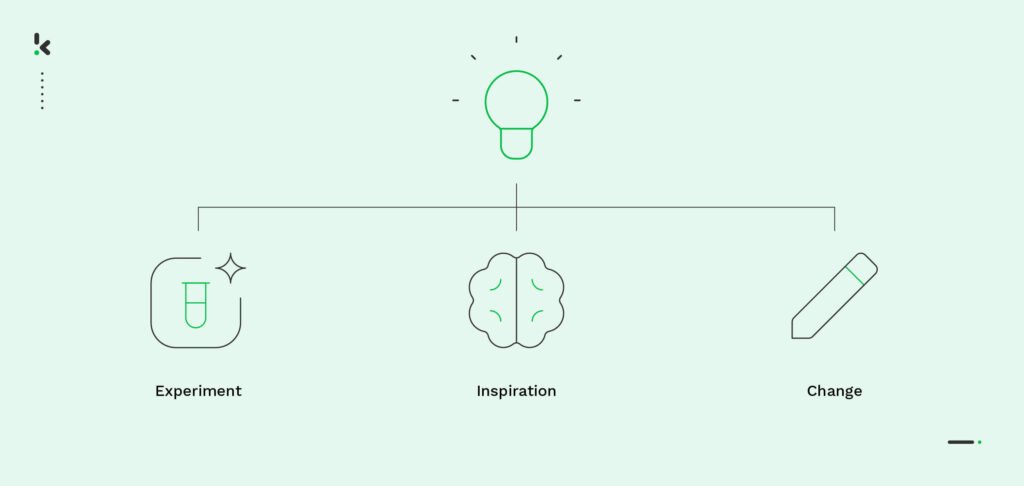
- Experiment with different prompts and keywords to get different results.
- Use Google Gemini as a tool for inspiration and to get your creative juices flowing.
- Don’t rely on Google Gemini to do all the work for you. Use it as a starting point, and then edit and refine the generated text to suit your needs.
The future of Google Gemini
Google Gemini, formerly known as Google Bard, has moved beyond the experimental phase and is now widely accessible. Initially a research prototype for academic researchers and developers, Gemini is now integrated into Google’s cloud services, expanding opportunities for businesses and organizations to leverage its advanced AI capabilities.
Building on the Gemini models, Google has introduced their prototype of Project Astra, which explores the future of AI assistants. These AI agents can quickly process multimodal information, reason about context, and respond at a conversational pace, making interactions feel natural. As part of Google DeepMind’s mission to build AI responsibly for humanity, Project Astra aims to develop universal AI agents useful in everyday life.
Let’s now continue by uncovering the most important use cases for Google’s chatbot.
Google Gemini use cases
Like other AI chatbots, such as ChatGPT-4, Google Gemini can help businesses automate various tasks. With its ability to simplify daily tasks and curate valuable information, this versatile tool holds tremendous potential for enhancing the user experience.
Here are a few of the best use cases of how Google’s chatbot can assist in daily operations:
- Answer questions
- Automate tasks
- Become your personal AI assistant
- Conduct language translation
- Educational use
- Function as a social hub
Answer questions
If you have any questions, you can simply ask Gemini and it will do its best to generate a response using its AI algorithms. With its connection to the internet, you can be assured to receive the most up-to-date and accurate answer possible.
Automate tasks
The chatbot can significantly enhance the user experience by automatically undertaking activities that would otherwise require manual intervention. For instance, it can take care of mundane tasks such as order processing tasks or appointment scheduling. Gemini does this by providing available time slots and confirming appointments, allowing users to save time and money while improving their convenience.
Become your personal AI assistant
Not only can this chatbot help you improve your productivity, but it can also remind you about any upcoming appointments or tasks that need to be completed. This AI assistant has the capability to provide reminders and organize your schedule.
Conduct language translation
Google’s AI chatbot can help users translate text from one language to another, making it easier for them to communicate with people who speak different languages. Gemini uses advanced AI technology to provide precise translations of text.
Educational use
Gemini can also be used as an educational tool by providing users with access to a wealth of knowledge and information on various subjects, making it easier for them to learn new things and expand their knowledge.
Function as a social hub
The chatbot can act as a dynamic platform for sparking conversations between users. Allowing both group and one-on-one settings, the chatbot can help create interesting and stimulating dialogue which can bring insightful and engaging perspectives to the conversation.
Google’s new AI-driven updates to their Search feature will soon provide a holistic view of any given topic. Web users can quickly get the essential information and then access additional perspectives or an in-depth understanding of related topics, all conveniently compiled into easy-to-comprehend formats.
Does Google offer other AI tools?
Google is probably best known for its search engine and advertising service, but they also offer a variety of AI tools. These tools are designed to help businesses and individuals automate tasks, gain insight, and enhance productivity. Here we have covered some of the most popular AI tools Google has developed.
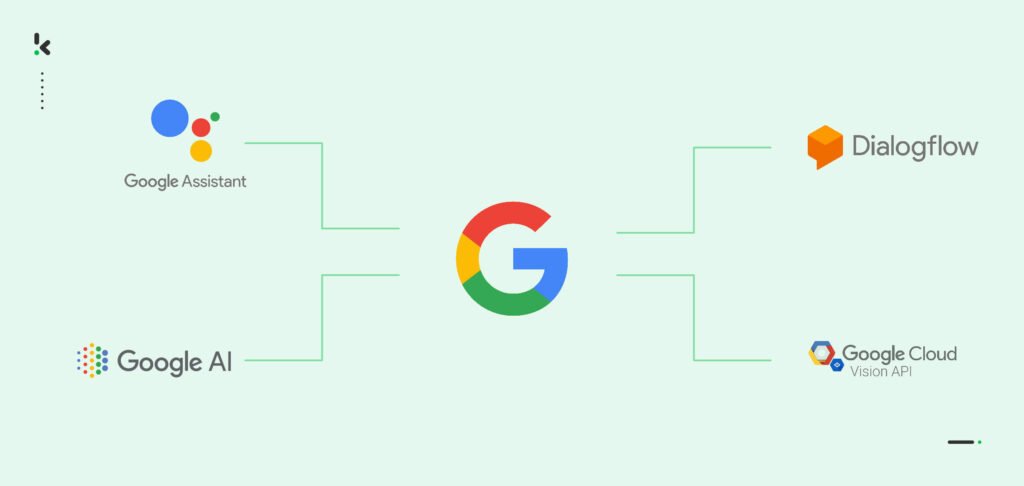
Google Assistant
Likely the most popular tool yet developed by Google, Google Assistant is a virtual assistant accessible via smartphones, smart speakers, and smart displays. It uses NLP to understand voice commands and performs various tasks, including setting reminders, playing music, and answering questions. It can also integrate with third-party services, allowing users to control their smart home devices and order food.
Google Duplex
Google Duplex lets Google Assistant make calls and complete tasks for users, such as booking appointments or making restaurant reservations via phone. It uses NLP and machine learning to understand complex conversations. Google Duplex is available in select cities and expanding to more locations soon.
Google Dialogflow
Dialogflow is an AI chatbot platform for businesses to create conversational interfaces for customer support, sales, and marketing. It offers pre-built agents that can be customized to meet specific needs, along with integrations with popular messaging platforms.
Google Cloud Vision API
Google Cloud Vision API is a machine learning-based image recognition tool that identifies objects and features in images for applications such as facial recognition, object detection, and content moderation. It can be easily integrated with various programming languages and platforms.
You can explore other AI tools developed by Google here.
Google Gemini (previously Google Bard) vs ChatGPT
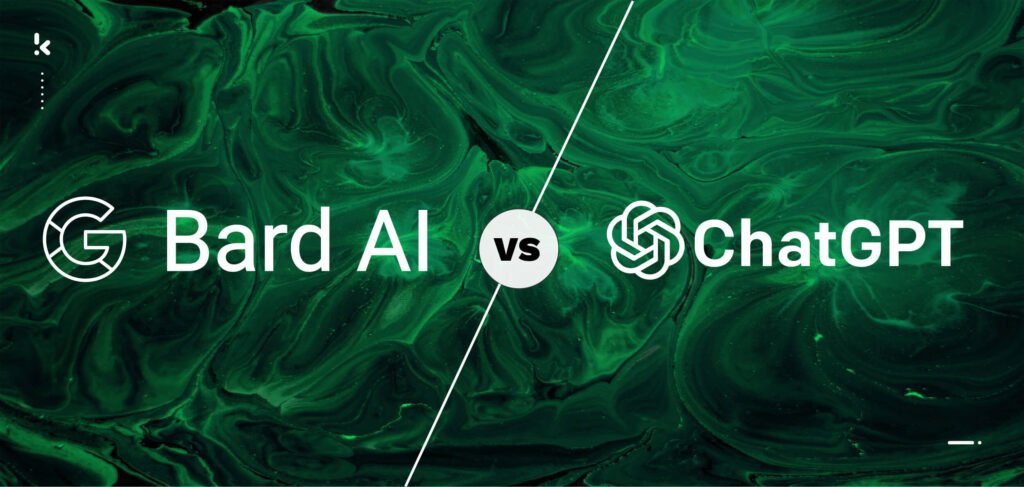
So, the question we are all asking ourselves is which one to choose between Google Gemini and ChatGPT?
There are a few key points to take into consideration when you decide on which chatbot to use, including accuracy, creativity, security and safety, and ease of use.
Coding: ChatGPT’s ability to create and debug complex code sets it apart, as it has been shown to outperform standard program repair techniques and even compete with common deep learning approaches. Although Gemini also has introduced this feature, it is still not outperforming ChatGPT’s ability.
Responses: Gemini’s LaMDA can access the internet to provide the latest information and direct links through Google Search. ChatGPT, however, relies on the use of Microsoft’s Bing search engine, which may limit its ability to provide information that’s on the same level as Gemini can provide.
Dialog retention: OpenAI’s chatbot can recall previous conversations, but with limitations; it can only store up to 128,000 tokens (around 90,000 words), and it does not use past conversations to generate responses. Google Gemini’s contextual memory currently has a one million-token context window, meaning it can for example remember up to 1,500 pages of documents, or summarize 100 emails.
Language: ChatGPT can communicate in over 95+ languages, including Spanish, French, Arabic, Mandarin, Italian, Japanese, and Korean, but its responses may not be equally accurate in all languages, as its primary language is English. Gemini, on the other hand, only supports 40+ languages for now.
Drafts: Gemini creates multiple versions of responses called drafts, so users can choose the best one. This was implemented to ensure authoritative answers. ChatGPT only generates one response to questions.
Security and safety: ChatGPT’s reactive security approach has sparked concerns about its online safety. While Google Gemini takes a more proactive approach, both platforms incorporate feedback.
Ease of use: Although both tools have a similar user interface and are user-friendly, Google Gemini does not offer follow-on suggestions, a feature that users may expect.
Final thoughts
As language models continue to advance, their importance in various industries will only increase. It’s crucial for businesses and developers to assess their capabilities to find the best match for their needs. This represents a significant milestone in artificial intelligence and NLP, and the possibilities for the future are truly exhilarating.
Learn more about implementing conversational AI
Implementing conversational AI tools like ChatGPT and Gemini can be a game-changer for companies looking to enhance their customer experience and increase efficiency. However, navigating the complex world of AI can be challenging, which is where Klippa DataNorth AI consultants come in.
With our expertise in AI technologies and experience in implementing conversational AI tools, we can help your company achieve its goals and unlock the full potential of AI. Our team of skilled consultants will work closely with you to understand your unique needs and tailor a solution that fits your business.
Leverage the latest AI technologies to drive business growth and success by getting in touch with us today.



